Is Brooklyn Tech Too Hot To Handle?
As Tech students learn in their classrooms this winter, they often experience uncomfortably high temperatures. Students often wear warmer clothing due to the frigid temperatures outside, but are forced to remove layers to ensure they can learn in a comfortable environment. At Tech, the heating system is central, so teachers do not have control over their classroom’s radiators.
Tech’s primary source of heat is a boiler outside of the building on DeKalb Avenue, as the basement boiler is currently out of commission. Ms. Sullivan, Tech’s Chief Financial Officer, reported that the boiler uses approximately 12,500 gallons of oil every 2-3 days and costs $6 a gallon, amounting to $150,000-$222,000 a week.
The metal radiators in each classroom conduct heat from steam, which is released throughout the building until every room reaches between 72 and 76 degrees. Thermostats in the walls of each room are set between these temperatures, which are the ideal temperatures for maintaining comfort and productivity according to a research report on climate control in schools by the Regional Educational Laboratory Program.
In order for students and faculty to safely return to in-person learning, schools had to follow proper protocols to lessen the risk of COVID-19 spreading. This included 90 million dollars spent on 160,000 air purifiers distributed throughout NYC schools. The CDC continues to recommend opening windows to prevent the spread of COVID-19, but it is no longer mandated by the DOE. The millions of dollars invested in these purifiers have gone to waste, as they are rarely turned on in classrooms.
When teachers open their classroom windows to let fresh air in, the thermostats are mistakenly reading the temperature of the cool air entering through the windows, rather than the temperature of the classroom. This means the radiators are always releasing steam, as the thermostats mistakenly believe the ideal temperature is not being met. Measuring the temperature in a random sample of classrooms, The Survey found that on average, classroom temperatures hover around 80-85 degrees, significantly above the target temperature.
This issue has taken away time from students learning in classrooms, as students constantly leave the classroom to cool down, and teachers are forced to repeatedly pause lessons to open and close windows. Devon Bermond (‘25) explained that due to the humid air, “In class, I find myself having symptoms of asthma, my throat feels very irritated, and it’s hard to focus.”
AP European History Teacher Mr. Heh noted that kids sitting near the heaters are falling asleep and raised the question, “How can you learn if you are not comfortable?”
Omer Nossek (‘25) said, “The temperatures are just way too high, I end up leaving the room almost every period to get some fresh air and water.”
Sullivan suggests that classrooms should have two to three open windows, no more than two inches. This allows for comfortable air circulation that will not exacerbate the heating situation.

Rachel Friedman (she/her) is a Senior Managing Editor. Rachel joined The Survey to get the opportunity...


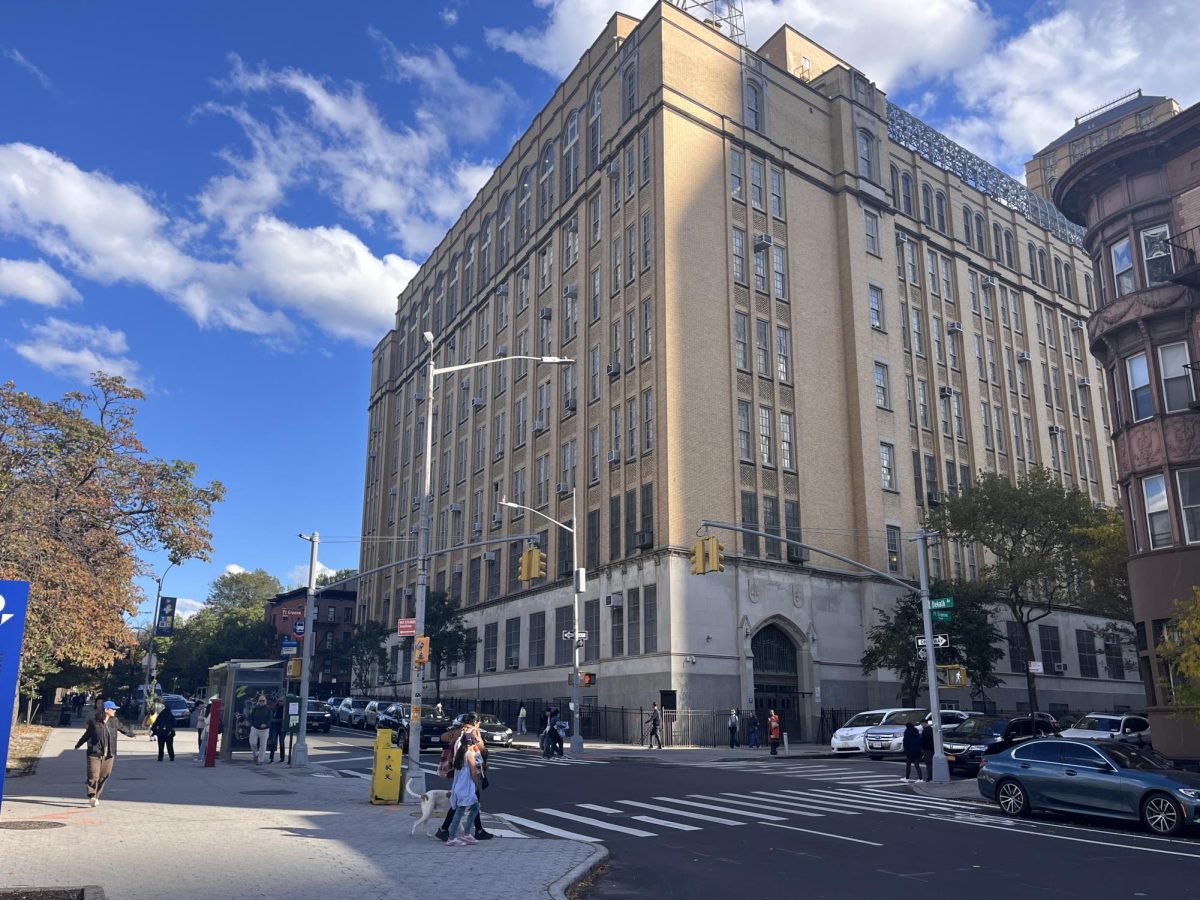














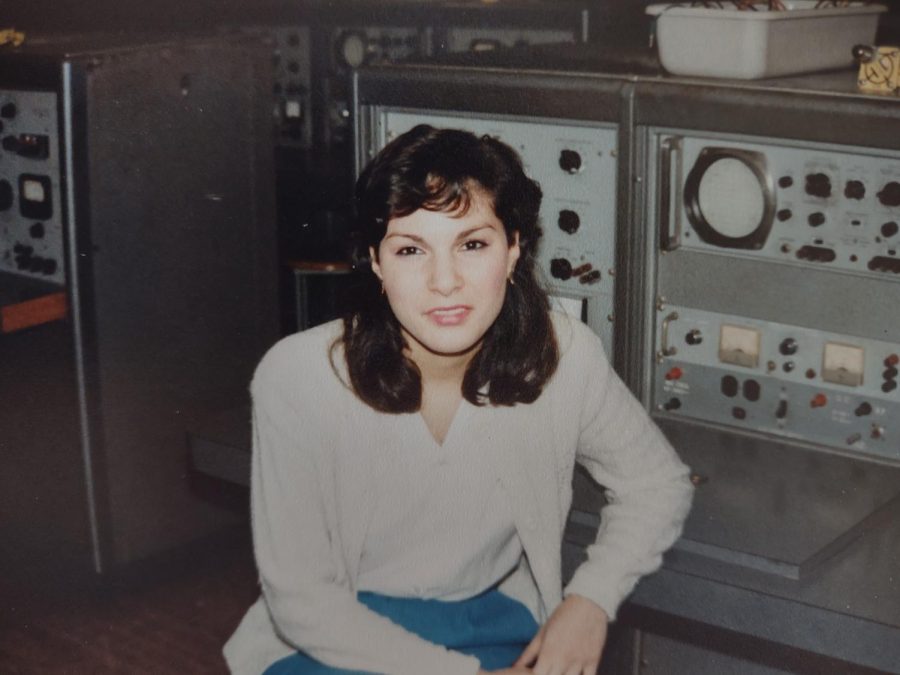

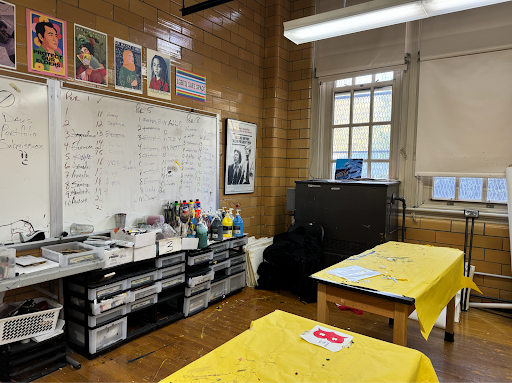







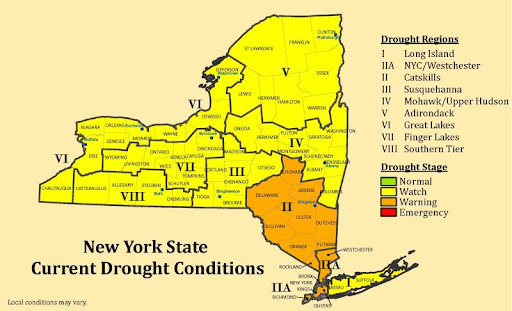










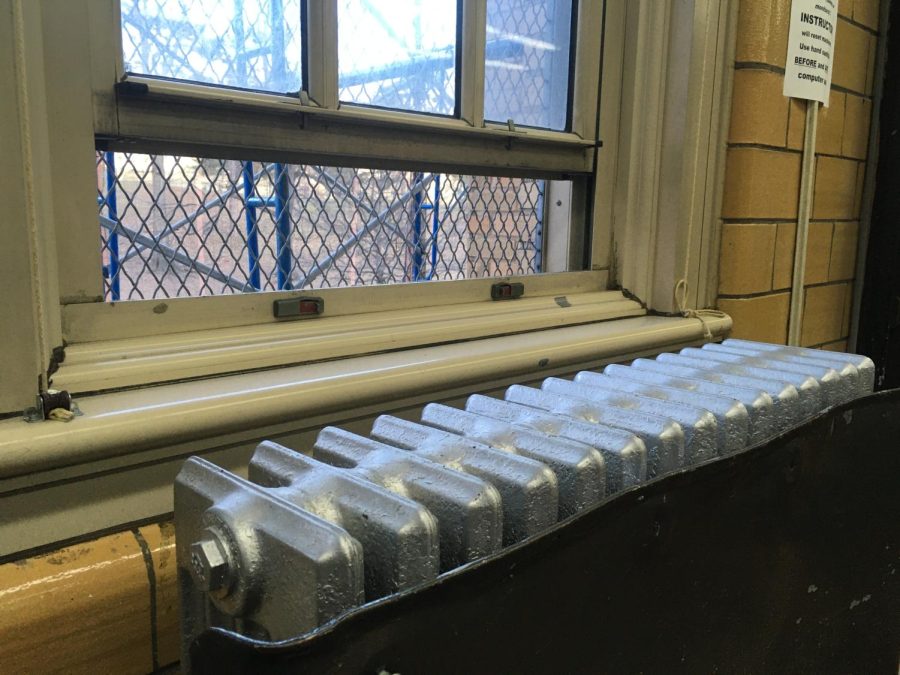


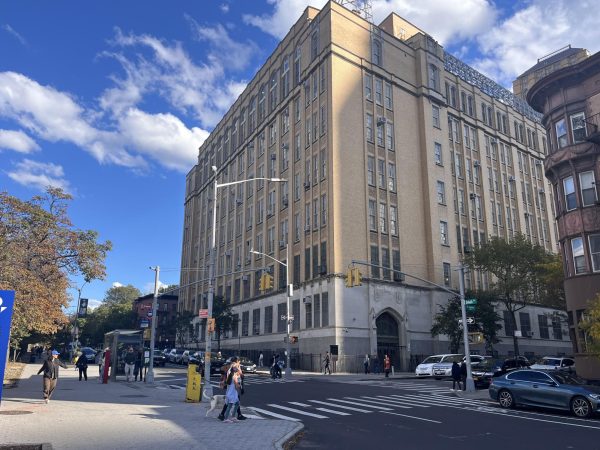


Olivia Nimowitz • Feb 6, 2023 at 3:42 pm
rach spitting factsss